Tannins and Phenolics in Animal Nutrition: Chemistry and Challenges
Feeding the world’s human population of nearly seven billion people is probably the most demanding challenge we face in the 21st century. We need to serve ourselves between 2500 and 3200 kcal of energy from food every day to survive and perform our daily chores. About a third of this figure comes from animal products. Traditionally, tannins in forage, browse, silage and grains for feed formulations have been thought of as classical antinutritionals. Today, however, this concept is changing as our knowledge about the intimacies of tannin-food-digestion chemistry and gut bacterial interaction improves. The central issue of this book is to examine how far these developments around tannins go in the area of nutrition and the chemistry involved, and the manner in which in vitro and in vivo models illustrate their beneficial as well as troublesome aspects
{{comment.content}}
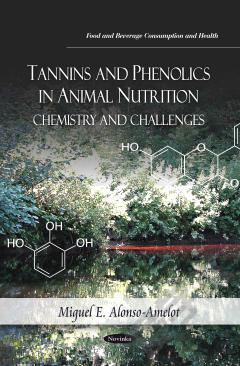
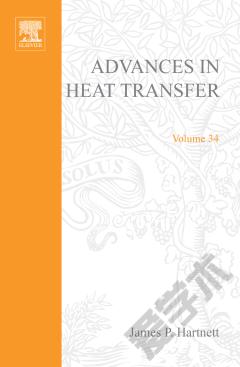
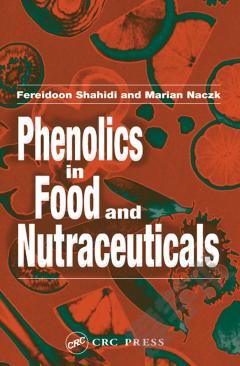
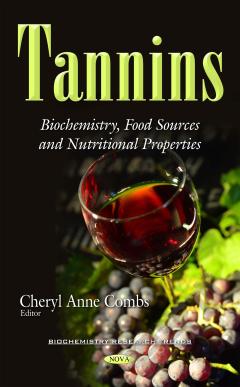

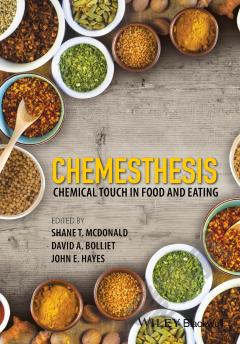
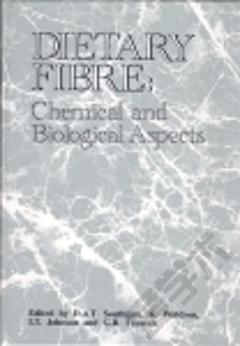

 京公网安备 11010802027623号
京公网安备 11010802027623号